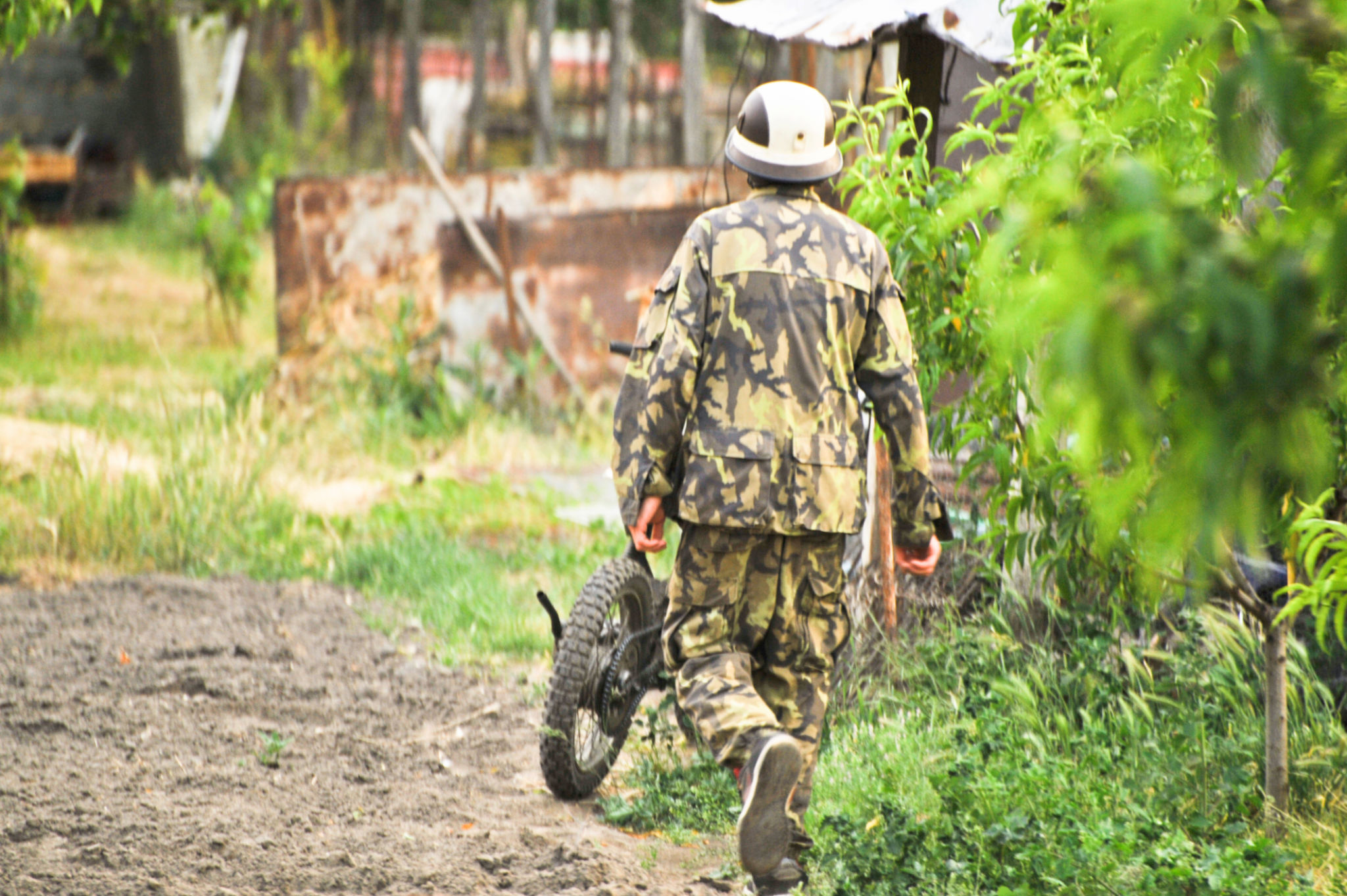Myths and Facts: Understanding the Realities of Child Soldier Recruitment
Common Myths about Child Soldier Recruitment
Child soldier recruitment is a critical issue that has been shrouded in myths and misconceptions. Addressing these myths is essential for understanding the true nature of this problem and for creating effective solutions. In this blog post, we will debunk some common myths and provide factual insights into the realities faced by child soldiers around the world.

Myth: Child Soldiers Are Only Recruited in War-Torn Countries
One prevalent myth is that child soldier recruitment only occurs in countries experiencing active warfare. While it is true that conflict zones present a conducive environment for such recruitment, children are also coerced into armed groups in regions considered stable. Social, economic, and political instability can create vulnerabilities that recruiters exploit, making it a global issue rather than a localized one.
Myth: All Child Soldiers Are Boys
The image of a child soldier often brings to mind a young boy wielding a weapon. However, girls also constitute a significant portion of child soldiers. They are often used as combatants, but many are also forced into roles such as cooks, spies, or even subjected to sexual exploitation. Ignoring the plight of female child soldiers limits our understanding and response to the issue.

Facts: Understanding the Realities
Understanding the realities behind child soldier recruitment is crucial for developing comprehensive strategies to address the issue. Here are some key facts that shed light on the actual situation.
Fact: Economic Hardship Drives Recruitment
Economic hardship is a significant factor in child soldier recruitment. Many children join armed groups out of desperation, seeking food, shelter, or protection. Poverty and lack of education make them easy targets for recruiters who promise a better life or a sense of belonging.
Fact: Psychological Manipulation Plays a Role
Recruiters often manipulate children psychologically, using indoctrination techniques to ensure loyalty. They may use fear tactics or provide a sense of purpose to children who feel disenfranchised. This manipulation can have long-lasting effects on the children's mental health, making rehabilitation a complex process.

The Path Forward: Addressing the Issue
To effectively combat child soldier recruitment, we must adopt a multifaceted approach. This involves addressing root causes, supporting rehabilitation programs, and advocating for policies that protect vulnerable children. Here are some steps that can be taken:
- Strengthening Education: Providing access to education helps reduce vulnerabilities and offers children alternatives to joining armed groups.
- Economic Support: Initiatives aimed at reducing poverty and providing economic opportunities can deter recruitment.
- Psychosocial Support: Rehabilitation programs must include psychological support to help former child soldiers reintegrate into society.
By dispelling myths and understanding the realities of child soldier recruitment, we can work towards a future where children are protected from exploitation and given the opportunity to thrive.